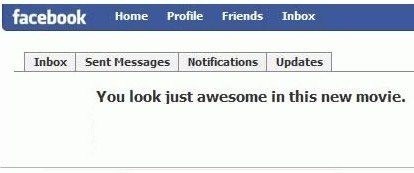Below is a list of top internet security suites software that will help you protect your computer, detect and remove viruses, spyware and worms.
The list includes a brief review and description for each Internet Security Suite.
Norton Internet Security: fast, light, excellent security, but poor anti-spam and parental controls. criticized for being bloated, slow and sucking up massive amounts of computer memory.
Trend Micro PC-cillin Internet Security: Top marks for ease of installation and use, as well as features. Its protection isn’t stunning, but it will get the job done.
McAfee Internet Security Suite: Easier to use and lighter on system resources than ever, McAfee Internet Security packs in a tonne of features at a reasonable cost.
AVG Internet Security: easy to use and fast but relatively weak anti-spyware, Web protection and anti-phishing. Probably the best known for its free anti-virus and anti-spyware tools, it also produces a suite that combines with a firewall.
BitDefender Internet Security: powerful and configurable firewall solid anti-virus, and cheap, but more technical, weak anti-spyware. Although it is cheaper than all the other suites here, BitDefender Internet Security is more comprehensive than several of the other products.
CA Internet Security Suite Plus: excellent parental controls, Simple interface, good anti-spam, but Questionable performance. CA Internet Security Suite Plus stood out for its remarkably poor performance, its 2008 version test results are a major black mark against it.
F-Secure Internet Security: Does little to shield the user from its complexity, but does have excellent virus and spyware detection rates.
Kaspersky Internet Security: It is still a little technical, and some of the extra features are a little lacking, but Kaspersky provides excellent protection at a reasonable price.
ZoneAlarm Internet Security Suite: Technical users loves it, and even beginners should be able to approach ZoneAlarm with some confidence. It is full of features, and most are very well-implemented.
Elements of Internet Security Suites:
Anti-malware
Anti-phishing
Anti-spam
Anti-spyware
Anti-virus
Backup
Firewall
Parental controls
System cleaning
Web protection
Categories:
News

